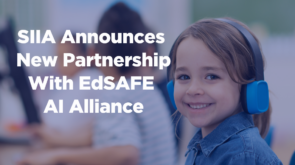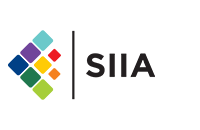10 promising education technol ...
SIIA Statement on EU Adoption of EU-US Data Privacy Agreement Adequacy Decision
The following statement can be ...
SIIA Announces New Partnership With EdSAFE AI Alliance
The Software Information & ...
SIIA statement on the Patent Examination and Quality Improvement Act of 2022
Today the Software & Infor ...
Recommendations for the Upcoming US-EU Trade & Technology Council
The United States and the Euro ...







